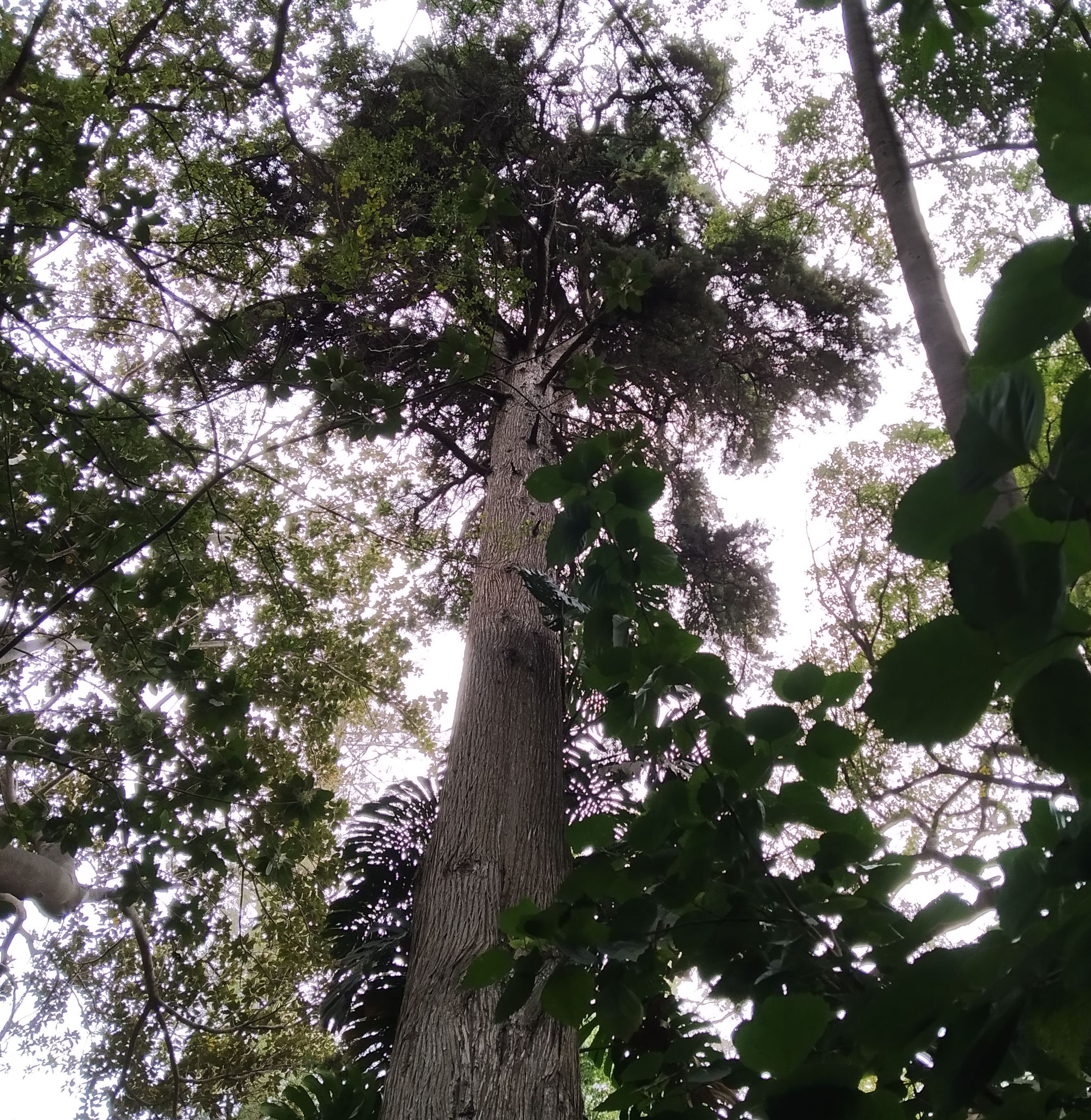Cupressus lusitanica
Scientific name: Cupressus lusitanica Mill.
Family: Cupressaceae
Common name: Mexican white cedar
We are going to talk about one of the monumental trees of La Concepción, due to its size and age. The specimen is in the historic garden, above the waterfall of the monsteras, it is almost 25 m high and has a diameter of 1.20 m.
The also known as Mexican white cedar is native to Central America, between Mexico and Costa Rica. The name of the genus precedes the Greek Kipros (Cyprus), which is the area where the common cypress (Cupressus sempervirens) is naturally distributed. This species was introduced into Europe by the Portuguese in the 17th century and initially planted in the Bussaco forest of Coimbra, hence the name lusitanica.
This cypress can reach 30 m in height; it has a straight trunk with reddish-brown, fissured bark. The spreading or ascending branches give the crown a more or less conical shape. The leaves are greyish green, like small scales, 1 to 2 mm long. It is monoecious, both sexes on the same plant, with the male cones ellipsoidal and a few millimetres long, and the female cones globular and up to 1.5 cm in diameter, with numerous winged seeds inside.
It is a hardy, drought-tolerant, long-lived and fast-growing tree. It is cultivated for its great ornamental value and for its wood for carpentry; it is also used as a windbreak. In traditional Mexican medicine, its branches are boiled in water and used in baths to relieve bone pain; in El Salvador it is used to treat scars and measles.

